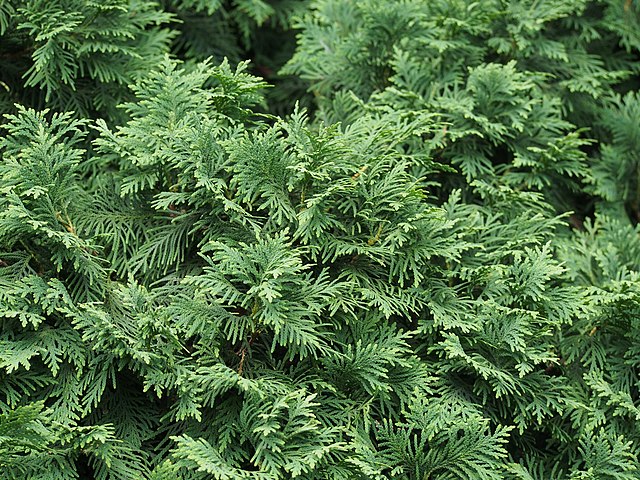northern white cedar
Thuja Occidentalis – Arborvitae – Northern White Cedar Varieties
Northern White Cedar, Thuja occidentalis is an evergreen coniferous tree native to eastern Canada and much of the north-central and northeastern United States. It is also known as eastern white-cedar or simply arborvitae. This hardy tree is widely cultivated as an ornamental plant and is valued for its practical uses.
These thrive in cooler climates, making it a common sight in places with cooler summers. Its natural range extends from southeastern Manitoba east throughout the Great Lakes region and into Ontario, Québec, New York, Vermont, New Hampshire, Maine, Prince Edward Island, New Brunswick, and Nova Scotia. Isolated populations occur in west-central Manitoba and in the Appalachian Mountains of Kentucky, Tennessee, North Carolina, Pennsylvania, Maryland, Virginia, and West Virginia. In Canada, it even reaches the Arctic treeline and the southern tip of Hudson Bay. This adaptable tree can be found in wetlands, along lake shores, and in various forested habitats.
Exposure: Full sun to partial shade.
Watering and soil: Moist, well drained soil is best. They do not like wet feet.
Anna’s Magic Ball:
Height: Grows to approximately 3 feet.
Width: Forms a compact, globe-shaped silhouette.
Companion Plants: Pair with low-growing perennials like creeping thyme or sedum for a harmonious blend.
Mr. Bowling Ball ‘Bobozam’:
Height: Reaches a height of around 3 feet.
Width: Maintains a rounded, dense form.
Companion Plants: Consider planting alongside dwarf conifers or ornamental grasses.
Hetz Midget:
Height: About 3 feet.
Width: Forms a compact, layered structure.
Companion Plants: Pair with other small-scale evergreens or flowering shrubs.
Woodwardii:
Height: Attains a height of 6 to 8 feet at maturity.
Width: Compact globular growth habit.
Companion Plants: Blend with taller deciduous trees or use as a backdrop for perennial borders.
Yellow Ribbon:
Height: Grows to approximately 10 feet.
Width: Displays a pyramidal shape.
Companion Plants: Combine with other conifers or flowering shrubs that blend with their dense golden-yellow foliage.
‘smntobab’ Tater Tot:
Height: Stays compact at around 2 feet.
Width: Forms a dense, rounded mound of green fliage.
Companion Plants: Pair with groundcovers or colorful annuals.
Techny:
Height: Reaches a mature height of 10 to 15 feet.
Width: Has a broad, pyramidal form of rich green foliage.
Companion Plants: Use as a screen or hedge alongside other evergreens or flowering shrubs.
Danica:
Height: Grows 2 to 3 feet.
Width: Creates a compact, globe-shaped outline with glossy bright green foliage.
Companion Plants: Blend with low-growing perennials or ferns.
Holmstrup:
Height: A slower growing cultivar reaching 6 to 8 feet.
Width: Maintains a narrow, pyramidal structure.
Companion Plants: Pair with other conifers or use as a focal point in the landscape.
Differences between Northern and Western cedar:
Northern white cedar (Thuja occidentalis) and western red cedar (Thuja plicata) are both species of cedar trees that possess distinct characteristics. Northern white cedar, commonly found in the northeastern regions of North America, particularly in the United States and Canada, is known for its smaller size and finer texture. Its wood is typically lighter in color, ranging from creamy white to light brown, and it is prized for its durability and natural resistance to decay. On the other hand, western red cedar, native to the Pacific Northwest of North America, including regions of Canada and the United States, stands out for its larger size and coarser texture. Its heartwood ranges from reddish to pinkish-brown, and it is renowned for its rich aroma, exceptional durability, and versatility in outdoor applications such as siding, decking, and fencing. While both types of cedar share some common features, such as their natural resistance to insects and rot, their differences in size, texture, and color make them suitable for distinct purposes and aesthetic preferences.
Category: Evergreens – Northern White Cedar near me – Thuja occidentalis – Arborvitae

